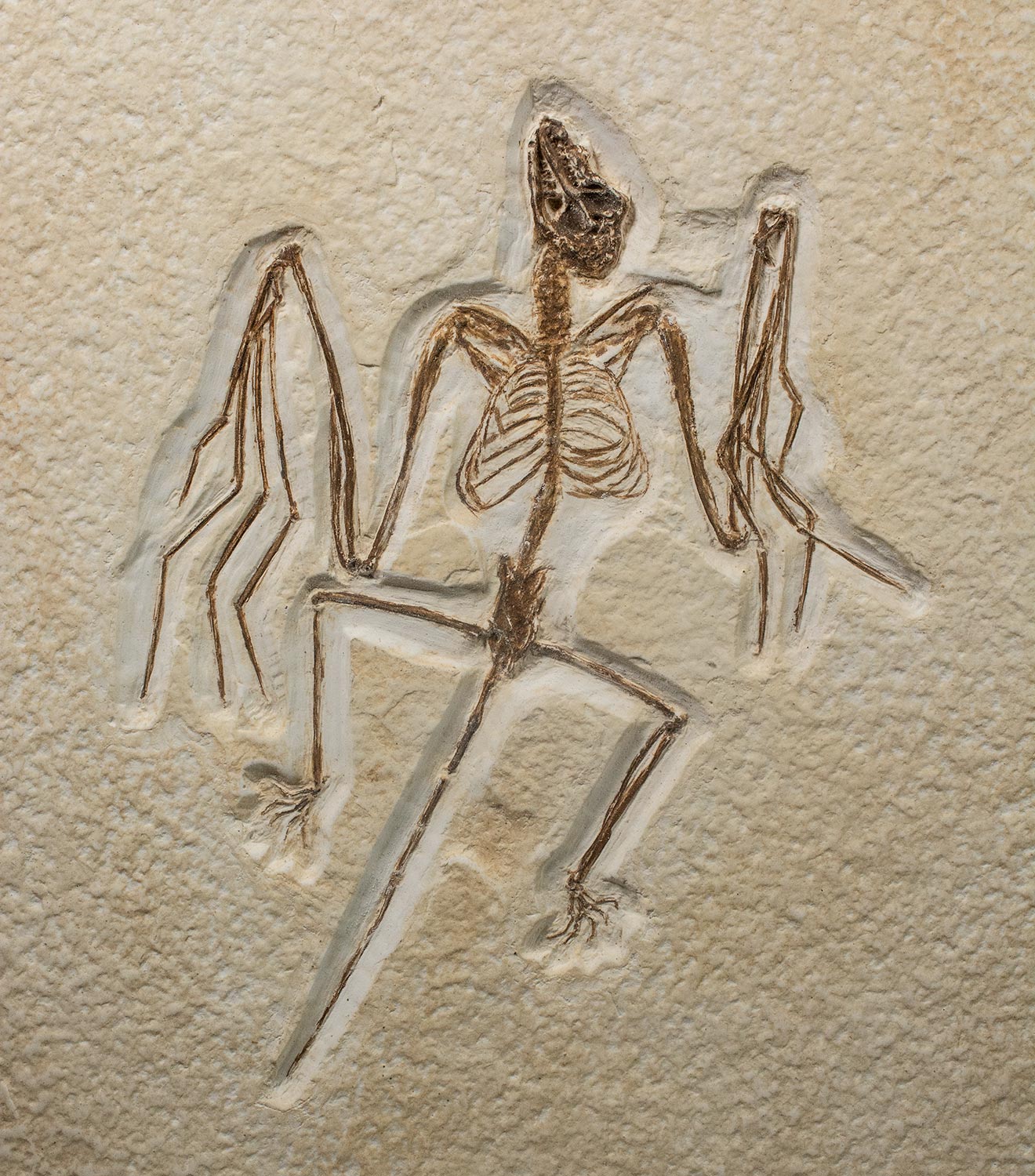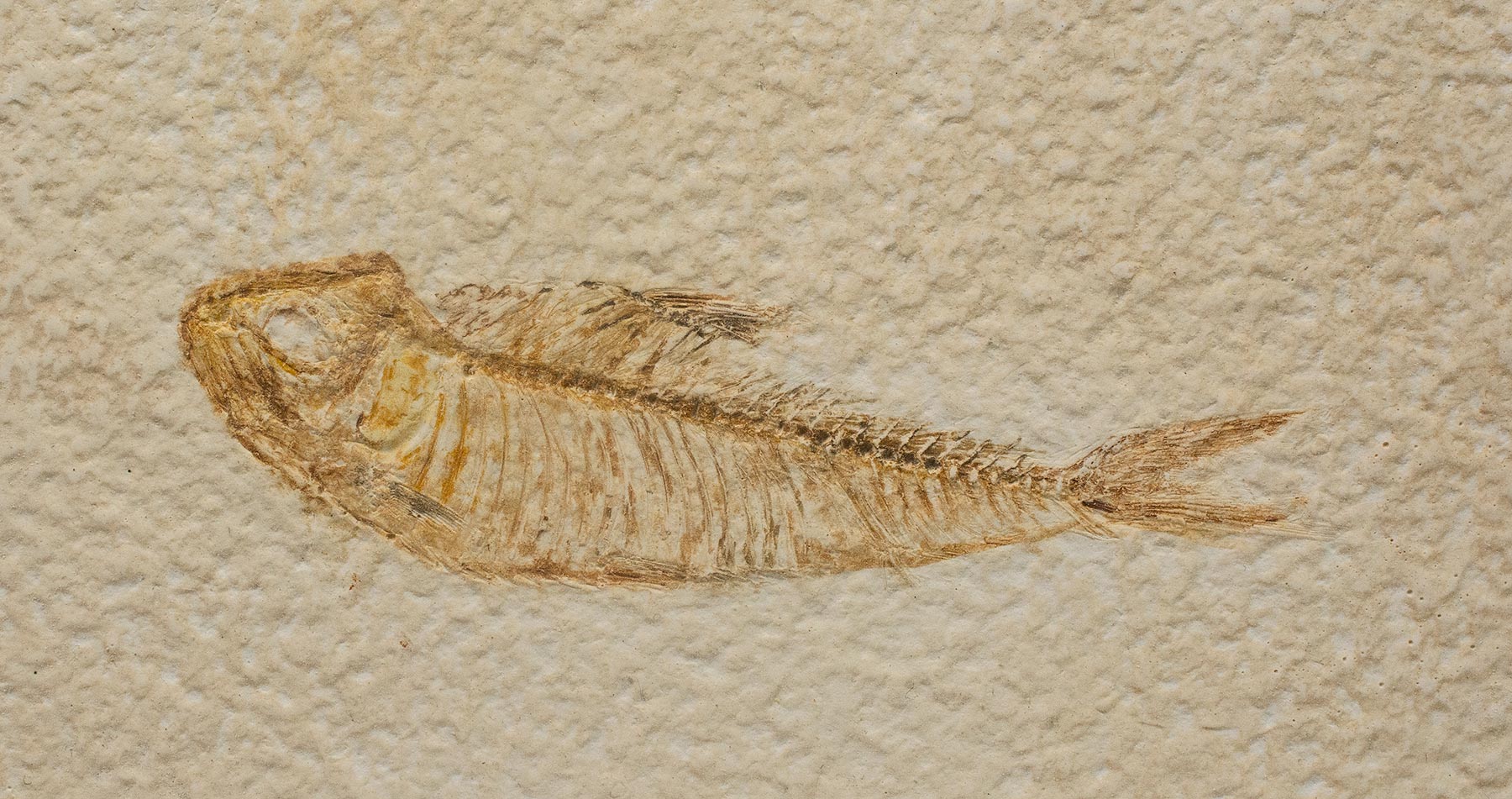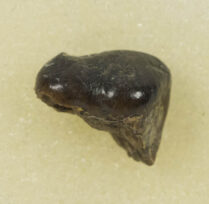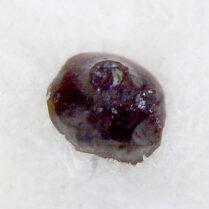Description
Onychonycteris finneyi
Eocene
Green River Formation
Kemmerer, Wyoming, USA
Extremely high quality hand painted cast of a spectacular new discovery from the famous Green River Formation of Wyoming. Bat is American Museum of Natural History specimen number AMNH FM-14246. 138mm (5.4 inch) x 108mm (4.25 inch) bat on 295mm (11.6 inch) x 240mm (9.5 inch) slab
Onychonycteris is an extinct genus of early bats from the Eocene epoch, approximately 52 million years ago. Onychonycteris is significant because it represents one of the earliest known bats found as a complete specimen, providing key insights into the evolution of flight and echolocation in bats.
Key characteristics of Onychonycteris include:
Primitive Wing Structure: Onychonycteris had relatively short and broad wings compared to modern bats. This suggests it was not as proficient in sustained flight as later bats and might have been more of a glider.
Claws on All Fingers: Unlike modern bats, which typically have claws only on their thumbs and sometimes the second finger, Onychonycteris had claws on all five fingers. This feature indicates it was likely adept at climbing and may have spent a significant amount of time in trees.
Hind Limb Features: The structure of its hind limbs suggests it was capable of both hanging upside down, like modern bats, and moving on the ground or climbing.
Lack of Specialized Echolocation Structures: Onychonycteris shows no clear evidence of the specialized ear and throat structures used for echolocation in modern bats. This implies that if it used echolocation, it was likely less sophisticated than in modern bats, or it may not have used echolocation at all.







